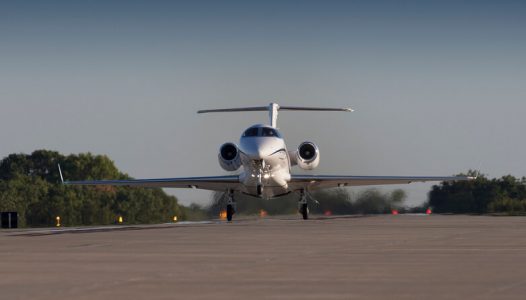Winter Aviation Weather
Winter aviation weather conditions can present unique challenges to pilots, making it critical that we pay special attention to weather during winter flights. The consequences of inadequate preparation and miscalculations in uncharted territory can quickly turn fatal, as we have unfortunately seen recently with the loss of an aircraft and its four members. For pilots attempting to tackle flight under wintry conditions, an understanding of how seasonal factors like snow and ice affect aeronautics is essential for preventing accidents—and potentially saving lives.
Winter Aviation Weather Accident
In a recent accident, an Embraer Phenom 300 crashed shortly after takeoff in Provo, Utah, resulting in the pilot’s death and serious injury to the front seat passenger. The circumstances surrounding the accident raise questions about the weather conditions and possible lack of pre-flight preparations.
At the time of departure, it was snowing, and the visibility was limited to 3 miles with light snow and mist. The ceiling was only 800 feet, and the temperature/dew point spread was zero. While the term “mist” was used to describe the weather, it is worth considering whether freezing fog played a role. Additionally, it appears that the pilot did not choose to have the aircraft de-iced before takeoff. Perhaps the pilot underestimated the snowfall, considering it to be light enough and assuming that the aircraft’s time in a warm hangar overnight would be sufficient. However, this decision could have introduced unintended complications.
Based on ADS-B reports, the aircraft spent almost 15 minutes in the snow after leaving the warm hangar. This prolonged exposure to the elements allowed for considerable snow melting and refreezing before takeoff. It begs the question of whether the pilot inspected the wings before initiating the takeoff roll.
This tragic incident underscores the importance of thorough weather analysis and pre-flight preparations. The investigation will shed more light on the factors that contributed to this unfortunate accident.
Deicing and Proper Procedures
Deicing refers to the process of removing ice, frost, or snow from the aircraft surfaces, particularly the wings, tail, and control surfaces. Here are several reasons why deicing is essential:
- Preservation of Flight Performance: Ice accumulation on the aircraft’s surfaces, such as wings, can significantly affect its aerodynamics. It can increase drag, reduce lift, and alter the aircraft’s stall characteristics. By properly deicing the aircraft, pilots can restore its optimal flight performance and maintain control throughout the flight.
- Enhanced Safety in Flight: Ice on the wings can disrupt the smooth airflow over the surfaces, leading to a loss of lift and potential aerodynamic stalls. Deicing the aircraft ensures that these risks are minimized, allowing for safer and more predictable flight operations.
- Prevention of Icing-Related Accidents: Failure to remove ice from the aircraft can result in severe consequences. In-flight icing can lead to reduced aircraft control, diminished engine performance, and impaired visibility due to ice accumulation on windshields and sensors. These factors can increase the risk of accidents or incidents during takeoff, landing, or en route.
- Protection of Engine Intake and Instruments: Ice ingestion into the engines can cause a loss of power or flameout, posing a significant threat to flight safety. Proper deicing helps prevent ice buildup in the engine intakes and protects critical instruments, such as airspeed indicators, altimeters, and navigation systems, from incorrect readings or malfunctioning.
- Mitigation of Icing Hazards for Other Aircraft: Ice shedding from an aircraft during flight can pose a hazard to other aircraft in close proximity. By ensuring thorough deicing procedures, pilots contribute to a safer environment for all aircraft in the vicinity.
- Compliance with Regulations: Aviation regulatory bodies, such as the Federal Aviation Administration (FAA), have established guidelines and regulations regarding aircraft deicing. Compliance with these standards is essential for maintaining airworthiness certificates and demonstrating a commitment to safety.
To ensure proper deicing procedures, pilots must adhere to the following safety procedures and standards:
- Consult the aircraft manufacturer’s guidelines and the operator’s specific deicing procedures.
- Conduct a visual inspection of the aircraft to identify areas requiring deicing.
- Use approved deicing fluids that are suitable for the prevailing weather conditions and aircraft type.
- Follow proper application techniques and ensure complete coverage of all critical surfaces.
- Monitor the time elapsed between deicing and takeoff to prevent ice reformation.
- Maintain communication with ground personnel to coordinate deicing operations and ensure effective deicing fluid management.
Ensuring proper aircraft deicing before takeoff is crucial for aviation safety. It allows pilots to preserve flight performance, enhance safety, prevent icing-related accidents, protect engine intake and instruments, mitigate hazards for other aircraft, and comply with regulatory standards. By following the most up-to-date safety procedures and adhering to best practices, pilots can minimize the risks associated with ice accumulation and ensure the safety of passengers, crew members, and other aircraft in the vicinity.










